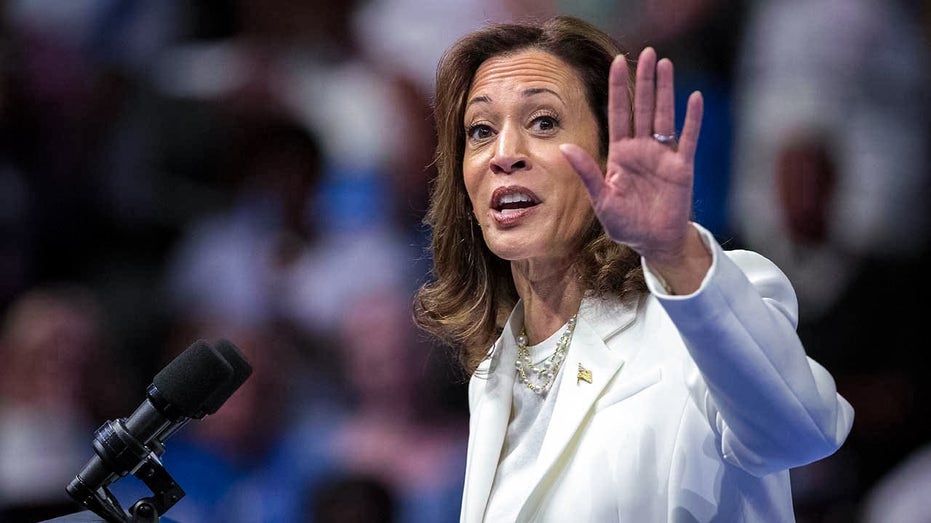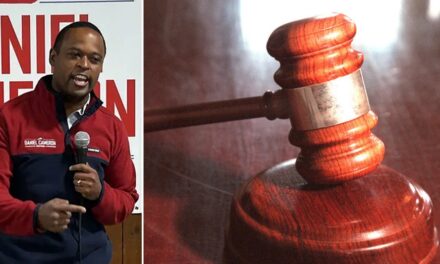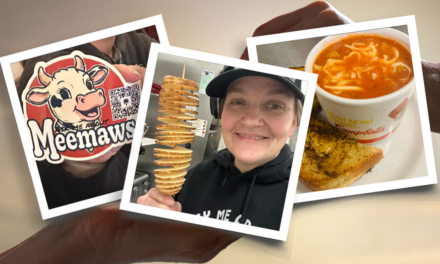As the political storm continues to brew ahead of the upcoming presidential election, one glaring question remains: Why has Kamala Harris not held a formal press conference since being announced as the Democratic vice-presidential nominee 75 days ago?
This notable absence has become a topic of widespread discussion among political commentators, journalists, and the general public. Historically, vice-presidential candidates have been introduced to the press to lay out their part in the election campaign, answer pressing questions, and build rapport with voters through media interactions.
Since joining the Biden ticket, Harris has maintained a significant public presence through various appearances, rallies, and town halls. Yet, her avoidance of a formal setting where she would face the press and answer questions uninhibited has raised eyebrows. Many speculate that her prolonged absence from such press engagements could either be a strategic maneuver by the Democratic campaign or simply a consequence of the highly unique election cycle, compounded by the COVID-19 pandemic.
It is important to emphasize that campaign strategies during the current election season have been unlike any other due to the pandemic. Both parties have had to adapt rapidly, shifting the traditional norms of campaigning to virtual events and carefully orchestrated appearances to minimize health risks. However, the perception of dodging the press has not gone unnoticed, leading to questions about transparency and availability.
Critics argue that avoiding formal press inquiries may shield Harris from spontaneous questions that could lead to politically challenging scenarios, thus protecting the campaign from potential missteps. On the other hand, supporters suggest that Harris’ interactions through digital platforms, local interviews, and indirect press engagement might suffice under current circumstances.
The campaigns’ handling of media access has been starkly criticized by media outlets and opposing political factions. They argue that such limited engagement does a disservice to public discourse, especially in an election as significant as this one. They also suggest that it is paramount for nominees to express their agendas and visions clearly to voters across various platforms, including traditional press encounters.
As election day approaches, the focus on Harris and her media engagement strategy is likely to intensify further. Whether the Democratic campaign will continue to keep press interactions at arm’s length or shift towards more traditional engagement remains to be seen.
In the coming weeks, the dynamic between media demands and campaign strategies will undoubtedly play a critical role, influencing voter perceptions and ultimately shaping the narrative of this transformative election season.
































